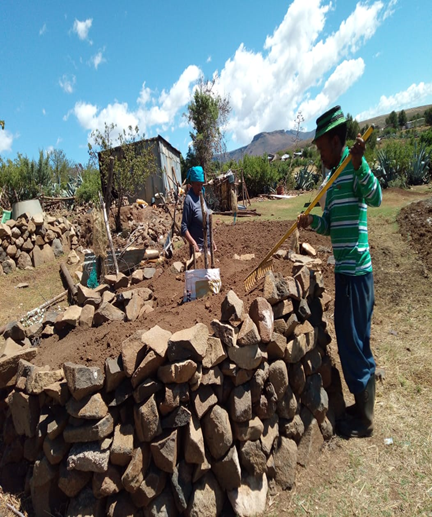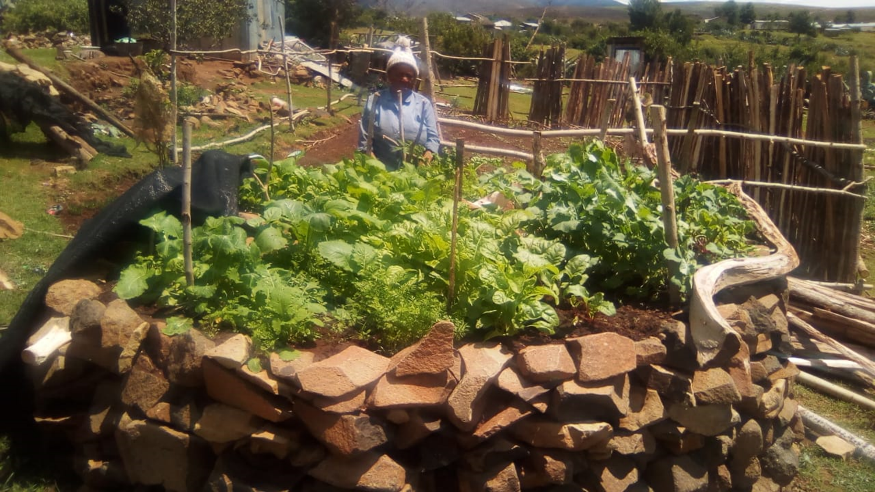by Pauline Lekeba-Sithole
Malnutrition is still a major challenge in Lesotho with infants and children under-five mortality rates being high in rural children compared to those in the urban. Children in rural Lesotho have limited access to basic health services, education, income, and nutrition. In 2014, the national prevalence of children under-five who are overweight was 7.5 percent, under-five stunting is 33.4 percent, under-five wasting prevalence of 2.8 percent.
The COVID 19 pandemic poses an unprecedented challenge to the economic, social, and political life, of the people especially for children under five in Lesotho. Although there was no economic relief with regard to nutrition and food security, the Mohale’s Hoek nutrition and home economics district team strategized on how best they could build resilience amongst women in rural areas to fight malnutrition among children under five and to be food and nutrition security in their respective household.
The Department of nutrition and home economics in Mohale’s Hoek district took initiative to establish nutrition and Home economics clubs in their different villages to educate nursing women and caregivers on how to take care of children under five.
Women groups were offered training on cottage components such as recycling, knitting, and weaving as a means of income generation as shown below:

Figure 1: Women group trained in recycling – using plastic bottles to make chairs and papers to decorate mirrors
Women and men were taught food production techniques; homestead gardening- which includes at least three components on vegetable production (using conservation agriculture way of production; keyhole gardens & double digging plots), poultry rearing (chickens, ducks, etc), fruit tree production (at least 10min tress or more), record keeping and money saving techniques. Inclusive in the training were demonstrations on how to revive keyhole gardens, demonstration on food preparation for children.
All these will help in reducing the rate of malnutrition in the district and country at large.


